Trouble Maker – Burson PlayMate Basic DAC/AMP Review
With Class A power Amplifier, Multiple OP-AMP options, along with a sleek design, and a ton of driving power, Burson Playmate priced at 400 USD sure will be interesting to review, especially when comparing it to the original Burson Play, and to other DAC/AMPs like Feliks Echo, and FiiO Q5.
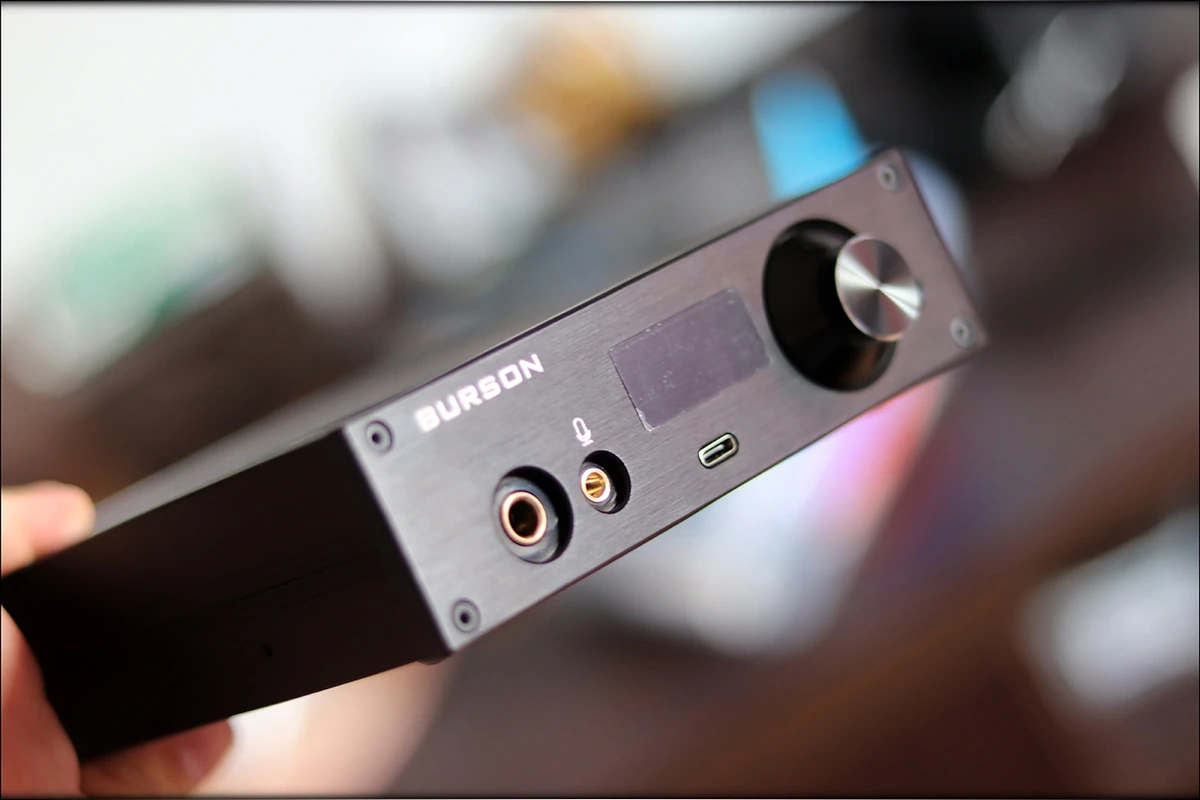
Introduction
Burson surely rings a bell as a company, as they’ve been very loved and appreciated by music lovers for a good few years now. They are known for designing excellent products, with amazing price / performance ratios, and Burson is also known for having designed products that withstood the test of time, as many of their products still keep their value, even years after their initial release. I actually have many friends who own a Burson Product and who’ve been really pleased by their build quality and reliability, not to mention the excellent service Burson provides with their products. 5 years of warranty for all Burson Products are the cherry on the cake when you consider the very pocket-friendly price they have.
It should be noted that I have no affiliation with Burson. This review is not sponsored nor has been paid for by Burson or anyone else. I’d like to thank Burson Audio for providing the sample for the review. This review reflects my personal experience with Burson PlayMate. Every opinion expressed is mine and I stand by it, the purpose of this review is to help those interested in Burson PlayMate find their next music companion.
Product Link
You can always get Burson Playmate and other Burson Products from www.amazon.com here: https://www.amazon.com/s/ref=as_li_ss_tl?srs=8504596011
Packaging
First things first, let’s get the packaging out of the way:
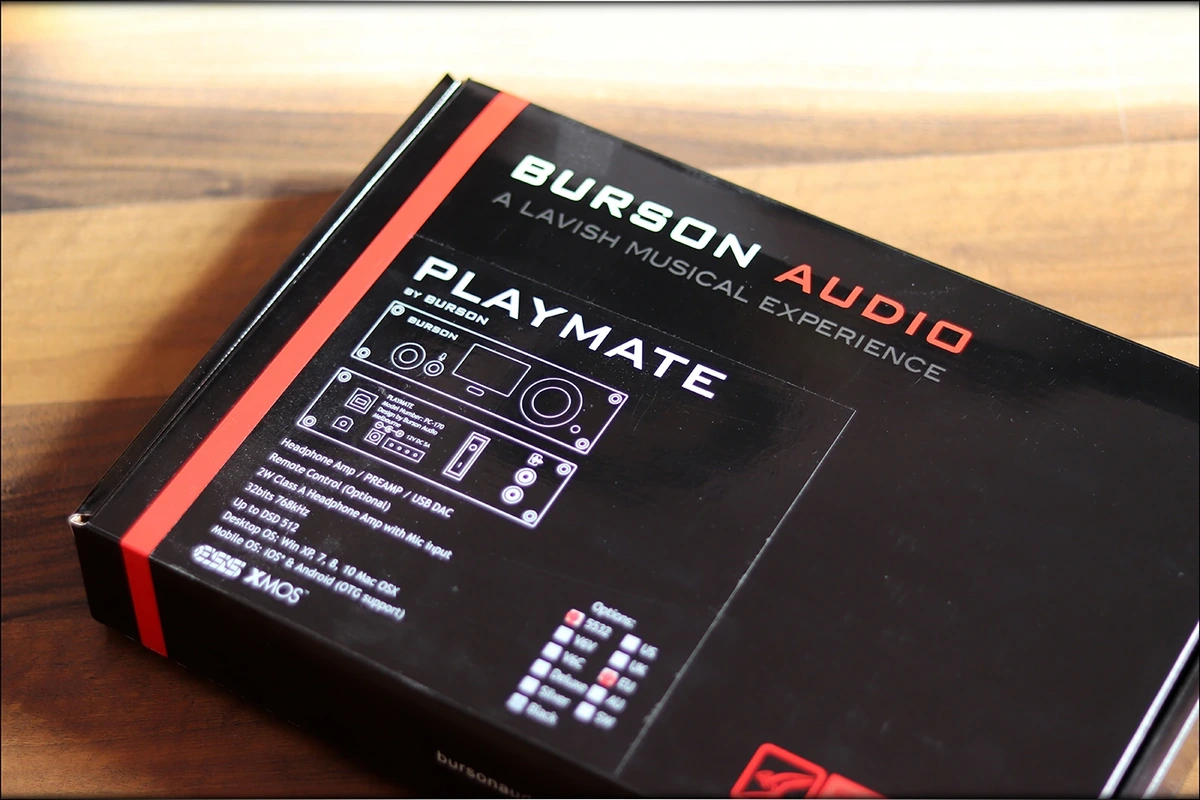
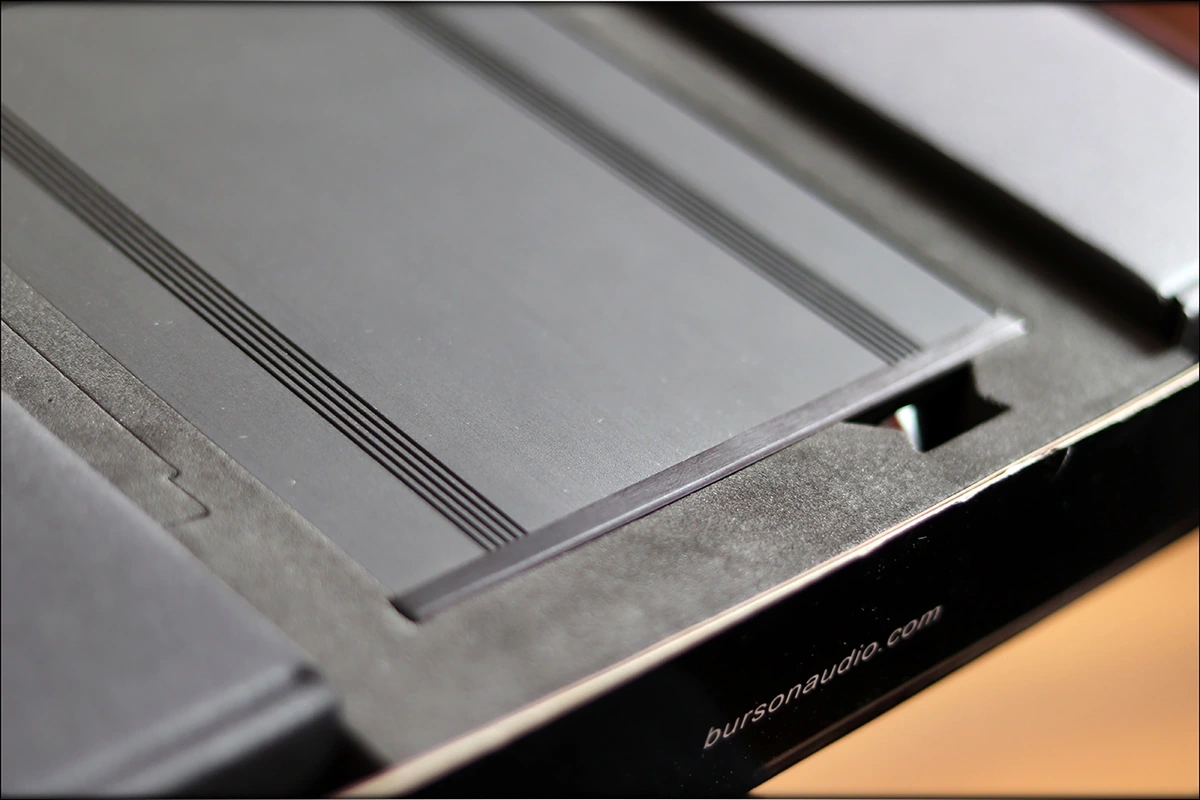
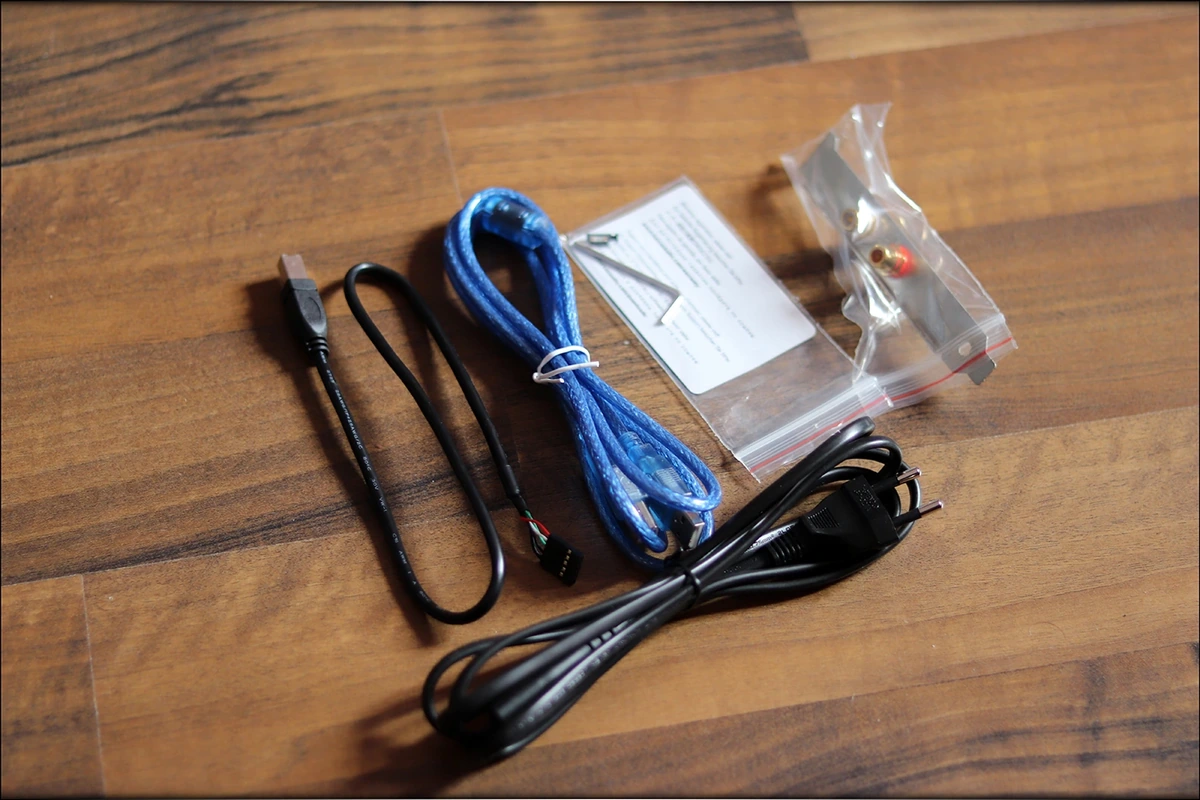
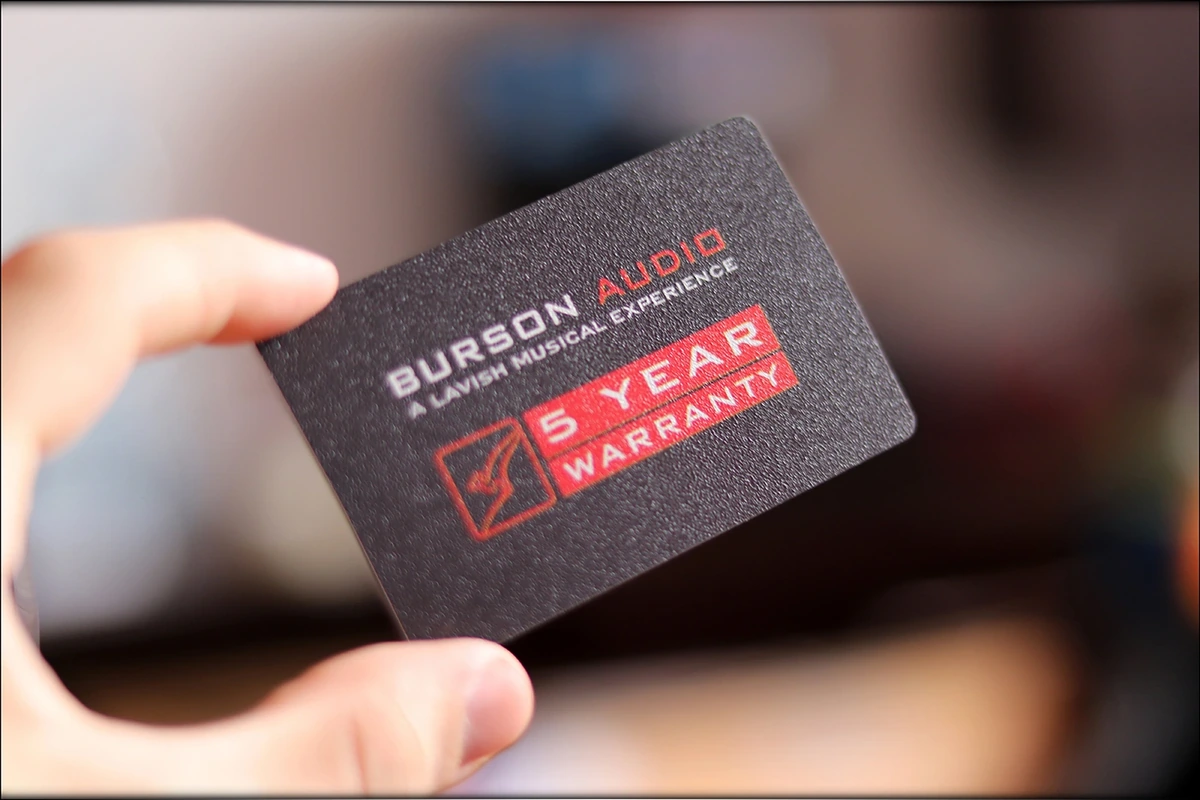
I love the fact that Burson redesigned their package to a new version, that now includes more accessories, but which also comes in a cooler overall package than the original Play did.
You can find pretty much everything you’d need in the package, including the Power Adapter, cables to connect it in your PC build, and a USB cable to use the PlayMate as an external DAC AMP.
Overall, it is an excellent device in terms of package.
Build Quality/Aesthetics/UI/Firmware
The build quality of the Play Mate is very comparable to the build quality of the original Burson Play. I invite you to take a look at my review of the original Burson Play, to get more details about how that one was like.
Burson PlayMate is a fully metallic device, very well made and assembled together. The circuit board is clean and everything was designed responsibly, with a lot of good choices indicating a device that will last the test of time.
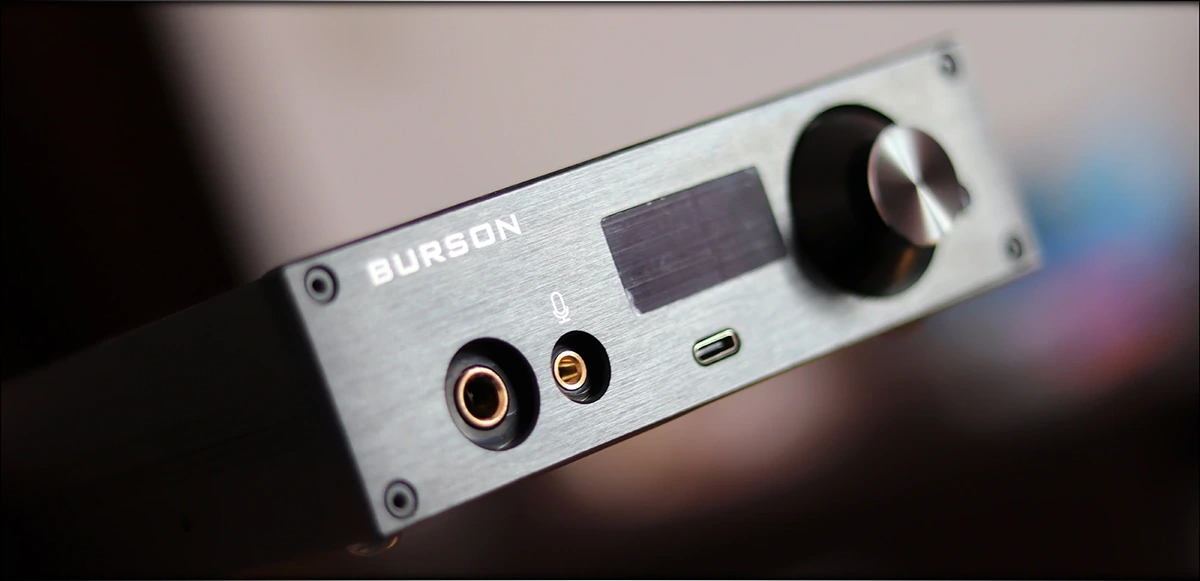
On the outside, PlayMate has the same volume wheel as the original Burson Play, although PlayMate has a slightly better display. There is a USB Type-C on the front of PlayMate now, and the main Headphone Output is a 6.3mm jack. There is a 3.5mm Microphone input jack, which will come in really handy if you’ll purchase your Burson PlayMate to be a part of a desktop computer build.
The Basic version, the one I am reviewing, does not come with a remote, but as far as I understand, more expensive versions do come with a remote, and you can always purchase the remote from Burson.
The unit gets hot while plugged in, but less so than the original Burson Play, actually now being easier to recommend it for a full desktop PC build. This being said, it is still pretty warm for me to recommend it freely to use in a computer build. On the other hand, it is just fine to use as a desktop DAC/AMP, even in a very hot environment.
As far as the digital input options go, there is a USB Type-A input, which you can use together with the cable included in the package. There is also an optical cable input, and there are two options for the power input of Burson Play, one being the power adapter that comes in the package, and the other one, if you’d want to device to use it in a computer build, you can connect Burson Play to your computer’s power supply via a MOLEX power connector.
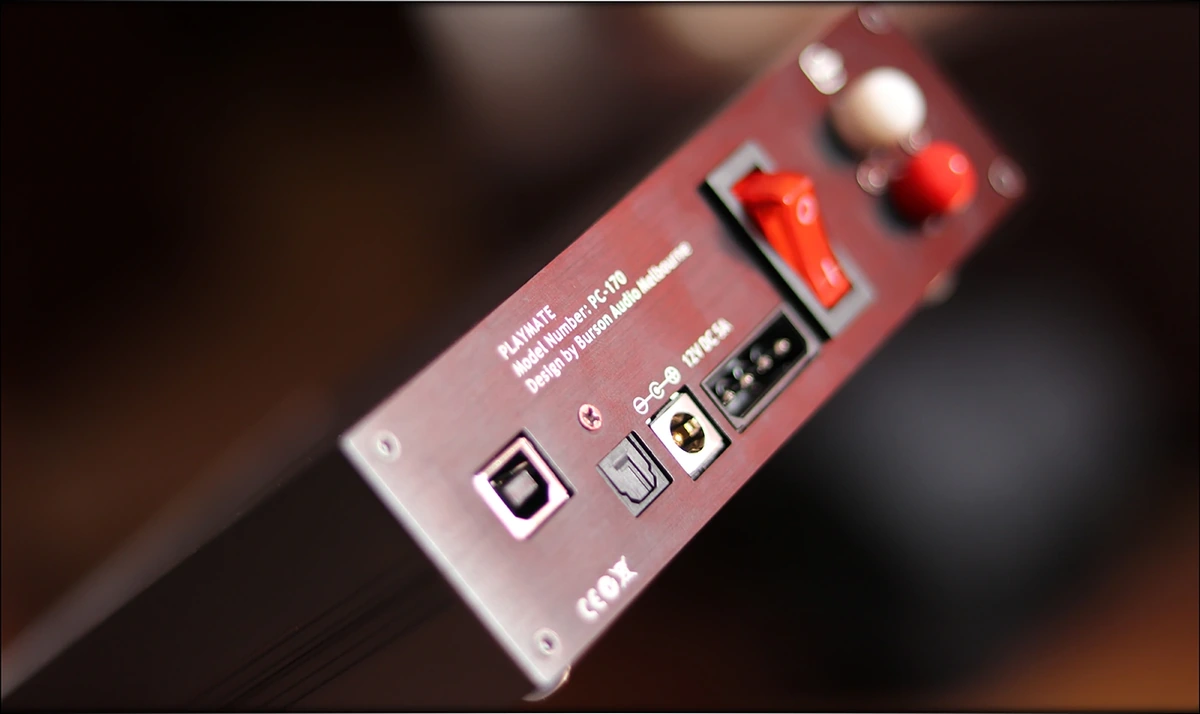
There is also an On/Off switch on the back, which you should remember to have turned on, if you will be placing Burson PlayMate in your computer build, and the best part, there are two RCA outputs at the back of PlayMate, which you can connect either directly to your amplifiers via cables, but Burson also includes a little slot card to attach PlayMate in your computer, and have the RCA outputs at the back.
If you want to replace the OP-AMPs, the unit is very easy to take apart, and the exchange operation is quick and simple, although my unit did not come with any additional OP-AMPs, so I only took photos of how it looks in the original (Basic) configuration.
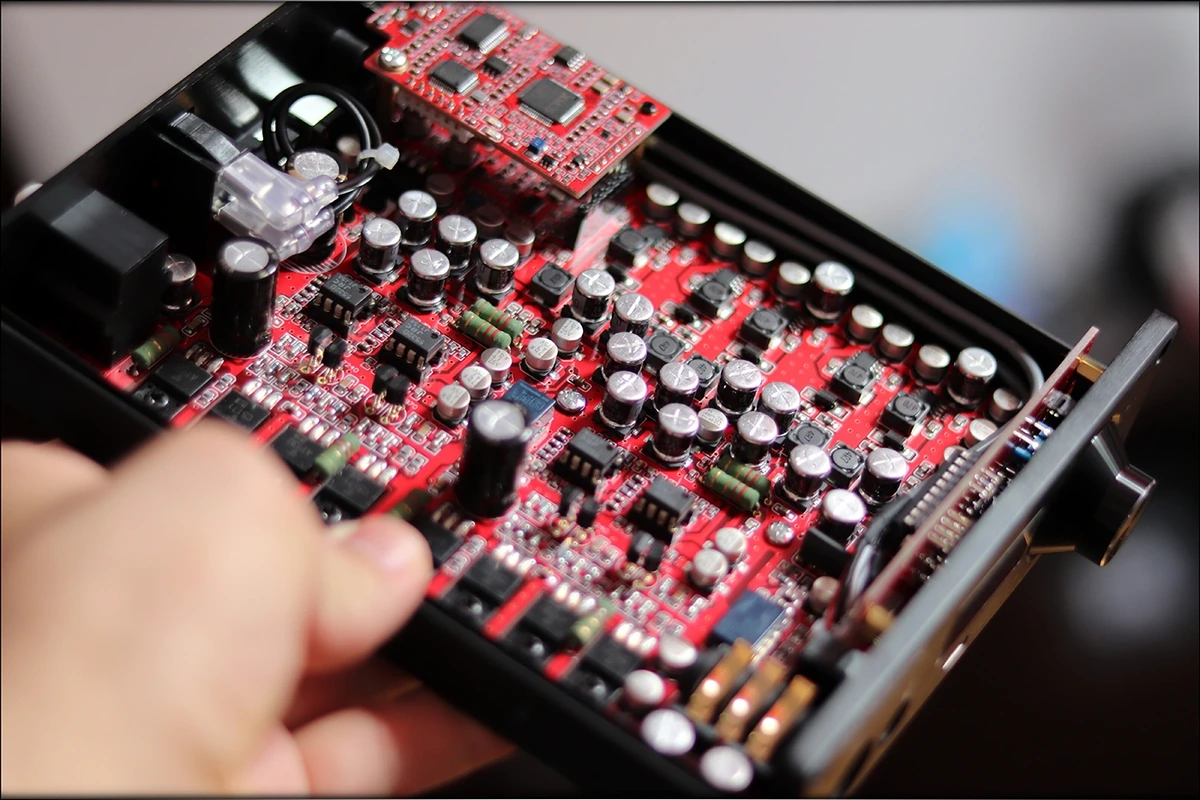
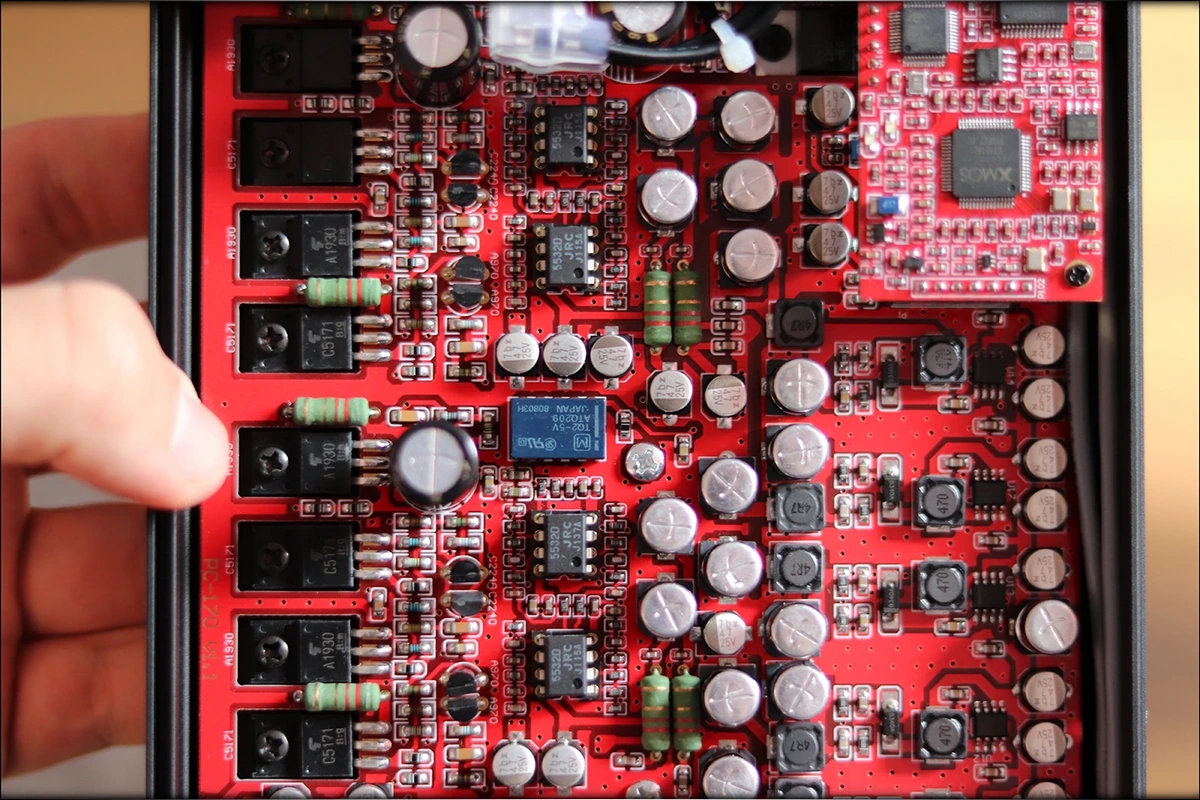
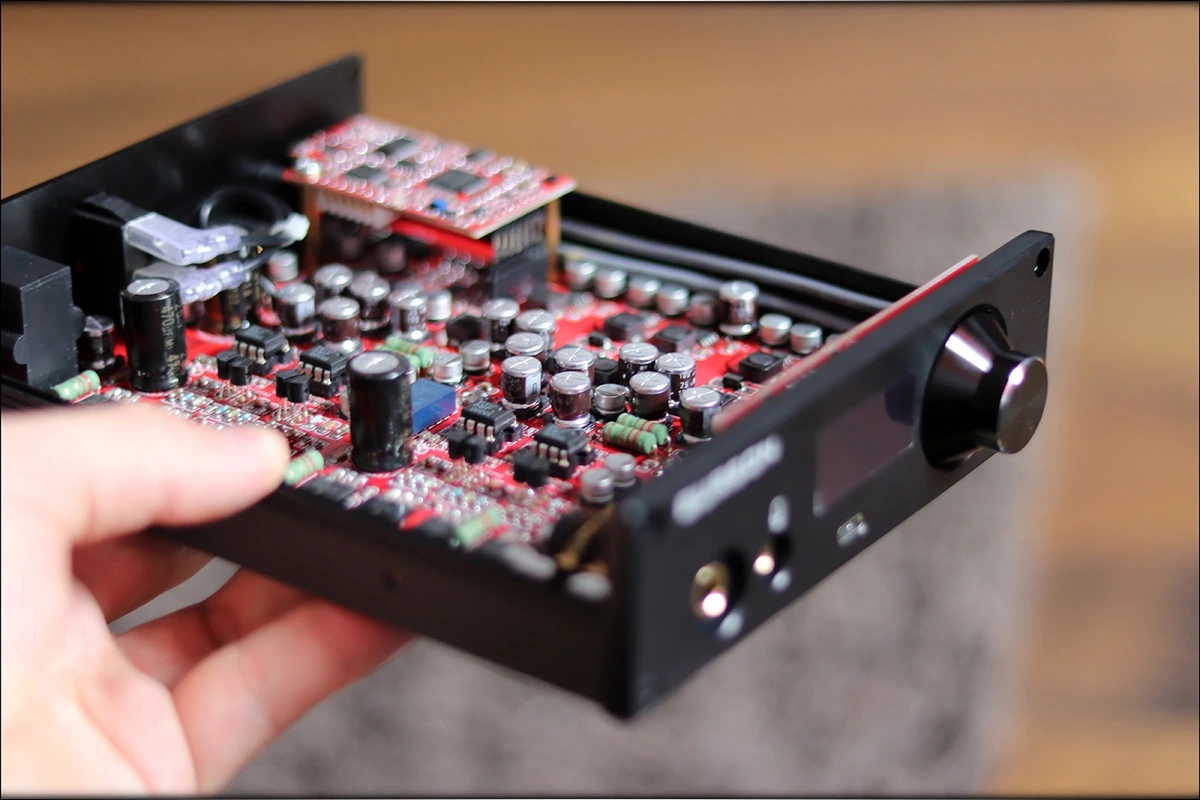
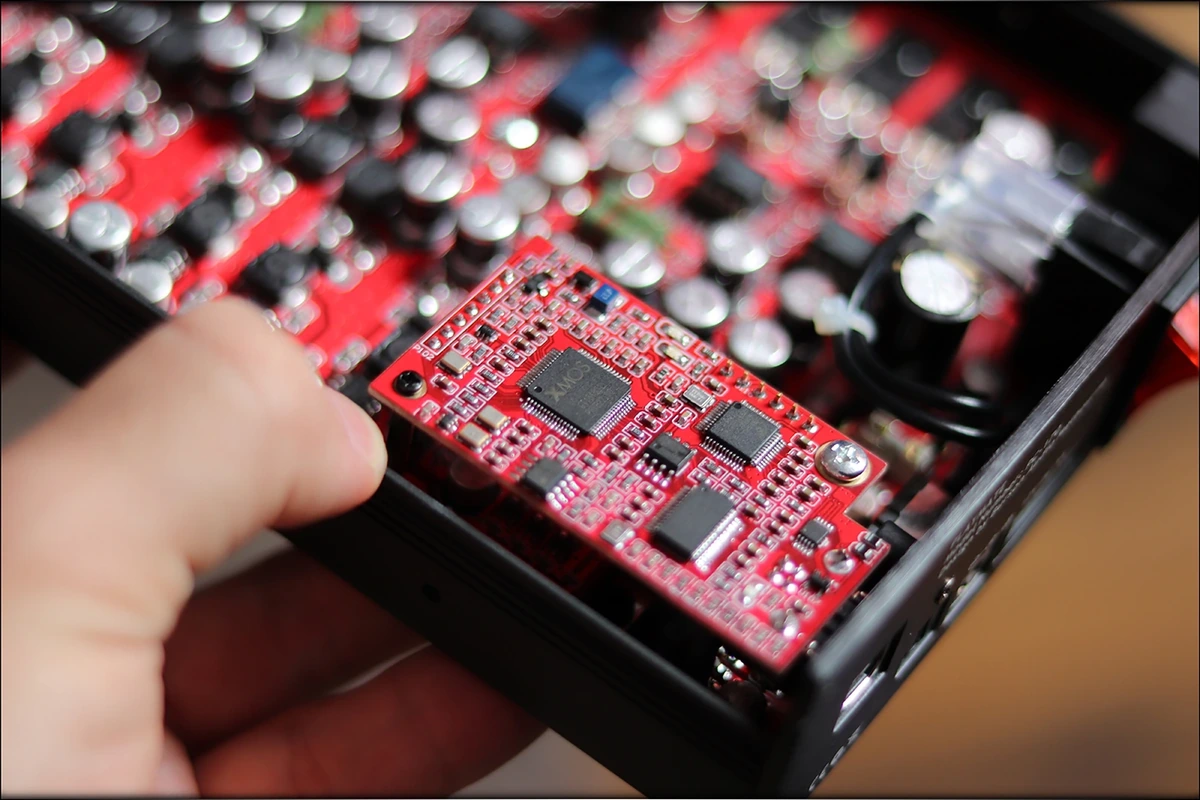
While using PlayMate, I have noticed that the DAC output part is very clean and crisp, and that it doesn’t have any inherent issues. On Windows it works flawlessly, and so it does on Android, the overall unit is built like a Tank, and except for the fact that it gets a bit warm during usage, there is very little to complain about.
Sound Quality
Now this part is quite complicated, because I am going to agree with what other reviewers have been saying about PlayMate, but I have a slightly different view about things.
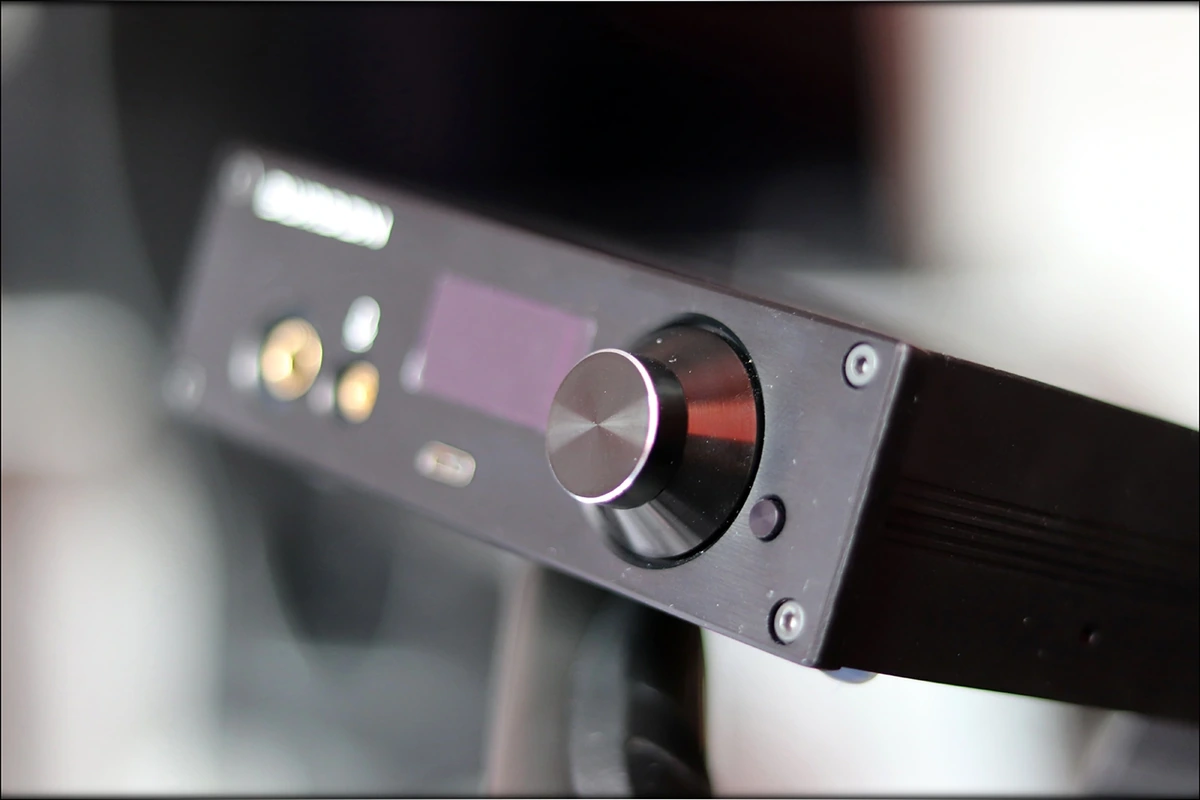
The sound, for me, is not necessarily an improvement over the original Burson Play Basic, because I really enjoyed the quick bass of the original Burson Play, but I also liked the cold and somewhat digital sound of it, as it was very revealing and had a lot of punch. Now, the PlayMate is clearly made to sound more friendly, the bass is still just as quick, although it has a bit less punchy, while the midrange is nowhere near as cold as the original, this time the midrange being more liquid and more intimate, with the treble, although as well expressed, this time more muted and less sparkly. A pretty strange combination at first, but if combined with the right headphones or speakers, truly something that is amazing.
Starting with the bass, the bass is as quick as all Burson Bass tends to be. There is a smidgen less punch and impact than it was with the Burson Play Basic, but now the bass seems to have even better resolution. Bassheads won’t be fans of this presentation, but those who appreciate a quick percussion, and a pretty revealing DAC/AMP that can keep up with Death and Black Metal, will surely appreciate the PlayMate.
Next is the midrange, which changed a lot from the original Burson Play Basic. With the original Play, the midrange was somewhat digital, but extremely wide sounding and revealing, but now, with the PlayMate, the midrange is much more liquid and organic, but not quite as revealing, and more intimate, changing some of the things that made me fall in love with the Burson Play, not necessarily for something worse, but for something pretty different. It almost feels like some of the Vivid OP-AMPs magic that was on the original Burson Play when I installed them was imbued to this new PlayMate. There is a certain way you could describe the sound as being effortless, and flowing from each musical note to the next with the PlayMate.
The treble is a mixed bag, somehow, it manages to be somewhat muted, not exactly as sparkly or as airy as the original Play, but it still is pretty bright. When most people call the PlayMate cold, they are referring to the way it portrays the relative amount of treble to the relative amount of bass, as it has a bit more treble than it has bass, but with the way the treble is presented, I agree that it is zero sibilant and zero harsh, it is a pretty tame treble, but it has a good amount of it, especially when you counter it to the neutral bass of Burson PlayMate.
Desktop Usage
PlayMate is very well designed to be used as a desktop DAC/AMP.
Starting with the build quality, it is made like a tank, it sits nicely on your desk, has enough weight to not slide away, and the rubber feet also helps with its stability. Both the USB cable and the Power adapter are long enough, to be practical, although the RCA cables are not long enough to be practical, unless PlayMate is sitting on top of your Amplifier.
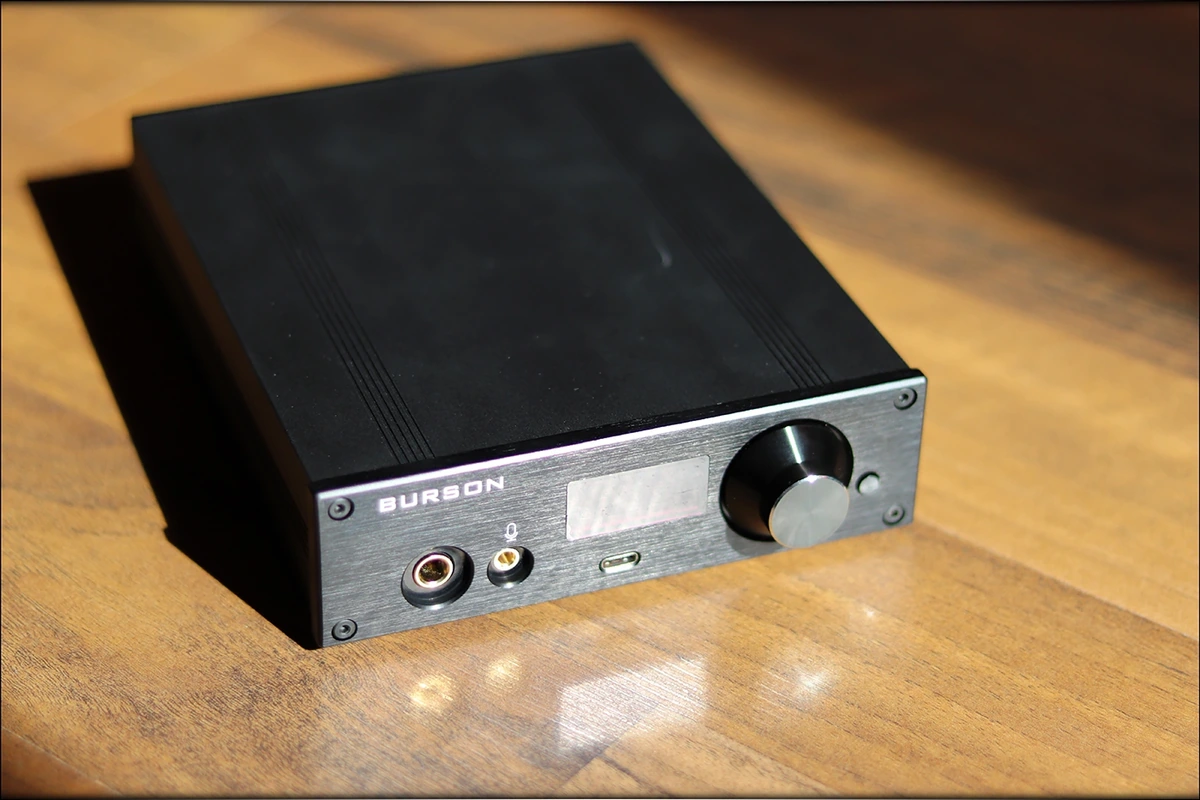
The RCA cables included in the package are so short, because they were intended to be used inside a PC build, where you don’t want to choke the space inside with cables, and you don’t want to struggle with cable management either, but for desktop usage, as in, using PlayMate as a standalone desktop DAC/AMP, the RCA cables included in the package are too short to be truly practical.
The front display is bright and visible even in direct sunlight, which is a major plus, and all jacks are of good quality.
The fact that the unit gets pretty warm during usage, due to its pretty beefy Class-A Headphone Amplifier means that you’re not very likely to use it stacked above other devices.
Overall, it is pretty excellent to be used as a standalone DAC/AMP, although you will require aftermarket RCA cables, as well as space to sit it next to a separate amplifier rather than stacked on top of it.
Comparisons
The main devices I chosen for the comparisons part of this review are Burson Play, Feliks Echo and FiiO Q5.
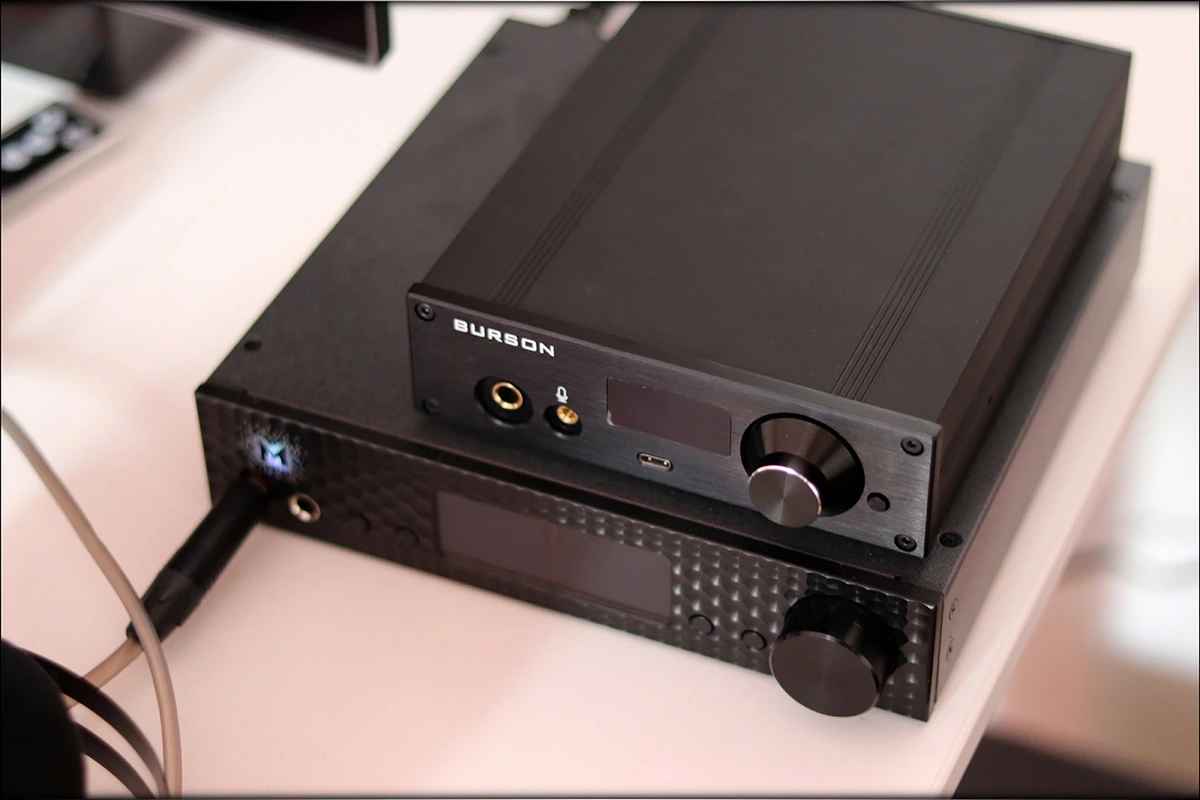
Burson PlayMate vs FiiO Q5 (AM03A) – Here is where the fun begins, because, although Q5 is a portable DAC/AMP, it just happens that it has a similar price to the PlayMate. Overall, there would be quite a lot to talk about in terms of size and usage differences, but I think that the point here is the sound. Starting with the driving power, Burson PlayMate has quite a bit more driving power than Q5, but Q5 does a much better job in driving IEMs, as it has a lower output impedance and presents lower hiss with sensitive IEMs. The actual signature is also different, and with headphones that are easy to drive, or that present a normal challenge for most DAC/AMPs, Q5 tends to have more impact, to deliver a fuller low end, with a more sweet-like midrange, and with a more airy treble, with a larger soundstage. By comparison, PlayMate tends to sound more neutral in the bass, it tends to have a more liquid and slightly warmer midrange, and it tends to have less treble sparkle and bite, presenting music in a more intimate fashion. Depending on your headphone and IEM selection, and on whether you need your DAC/AMP to be portable, the two are quite different devices, but still comparable in terms of pricing.
Burson PlayMate vs Burson Play – You probably have gathered a bit of information on how the two compare from the entire review, but a short recap on sound always helps, especially if you have a Burson Play and you’re considering upgrading to the PlayMate. The overall design and build quality is pretty much the same, and the driving power is also pretty similar in actual usage. The signature though, is quite different. The original Burson Play has a more impactful presentation in the bass, but the PlayMate has a considerably warmer midrange, which is more liquid and sounds more analogue, as the original Play always was a pretty cold-sounding DAC/AMP with a more digital sound. The treble is actually quite different, and although both have good treble expression, the original Play extends more and is more sparkly, while the PlayMate feels like the treble, although has good quantity, is a bit muted and shifted towards a less airy presentation. The soundstage is wide on the original Play, and intimate on the PlayMate. If you’re considering making an upgrade to Burson PlayMate, please note that the sound has been changed quite a bit and that you should really take your own tastes into account before upgrading to PlayMate, or at least, consider getting some of the aftermarket OP-AMPs which should really improve your experience quite a lot.
Burson PlayMate vs Feliks Echo – Now, why not compare the Burson Play with something that is still pretty similar in price. Or even complementary, to some degree. Feliks Echo is an OTL Amplifier, which means that it pairs really well with high impedance headphones, but doesn’t do so well with low impedance equipment. There are zOTL AMPs out there that defy this rule, but Feliks Echo is best used with a high impedance headphone. Now, about comparing the two, you need to take into account that for 500 USD, Feliks Echo is a standalone AMP and will require a separate DAC unit to work. Furthermore, Feliks Echo is a Tube AMP and has different space requirements than PlayMate. This being said, Feliks Echo has a considerably more organic, more natural and more sparkly sound, with a wider soundstage, deeper bass, more impact and with an even sweeter and more natural midrange. On the other hand, the same could be said if you were using PlayMate as the DAC to feed Feliks Echo, which is why I pointed earlier that they are good complementary pieces of equipment, in all fairness, Feliks Echo and PlayMate work quite well together, and I would very openly recommend you to consider this pairing for a very well-priced yet excellent-sounding desktop setup.
Pairing
Since Burson PlayMate has some hiss with sensitive IEMs, it is not recommended for usage with IEMs at all, being rather good with full sized headphones, as it also has enough power to drive them. In light of this, I have chosen HIFIMAN Arya, Sennheiser HD660S, and Beyerdynamic Amiron to pair PlayMate with.
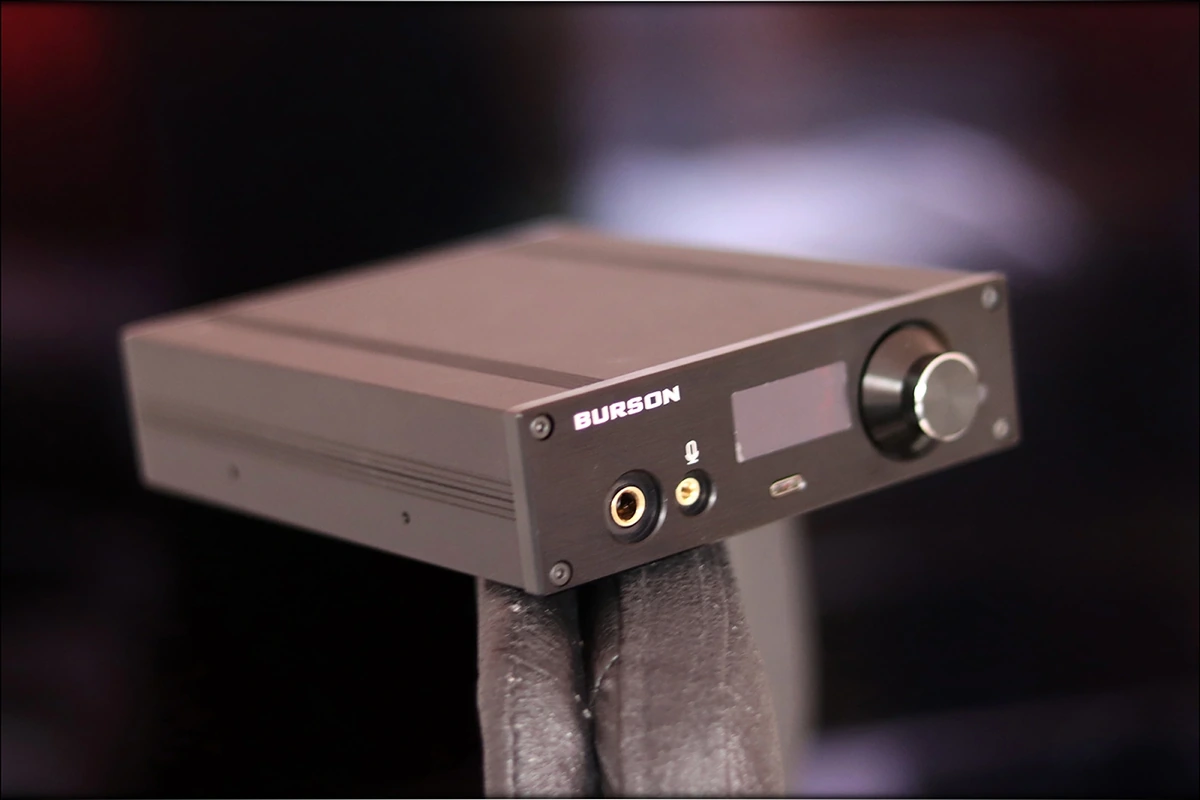
Burson PlayMate + HIFIMAN Arya – This one is rather sweet, because Arya has that huge soundstage, and can be driven really well from Burson PlayMate. In fact, Arya works so well with the PlayMate that I often just use this as a whole setup. The midrange is sweet and musical, the treble is well extended and airy, and the bass is deep yet controlled.
Burson PlayMate + Sennheiser HD660S – Sennheiser HD660S is another headphone that works quite well with the PlayMate, but this time for entirely different reasons. This pairing has a more intimate soundstage, with the music being played much closer to you, this pairing has a very tame treble, which sounds smooth and non-fatiguing, and the bass is presented in a more neutral fashion, for those who don’t want a lot of lows with their music.
Burson PlayMate + Beyerdynamic Amiron – Amiron is another good pairing with the PlayMate, as Amiron usually had a slightly strong upper midrange, and the Amiron surely checks out nicely with the PlayMate, as the midrange is even sweeter and more musical, and PlayMate keeps the signature of Amiron pretty honest, with a more neutral bass, with a more liquid and musical midrange, and with a pretty tame treble.
Value and Conclusion
Reviewing Burson PlayMate has been really fun, but now it is time to judge it for its money. For sure, it is a pretty capable DAC/AMP, and especially since you can use it both as a standalone DAC, and as a high-quality headphone amplifier, but you need to keep in mind that you can’t really use IEMs with it, unless you don’t mind some hiss.
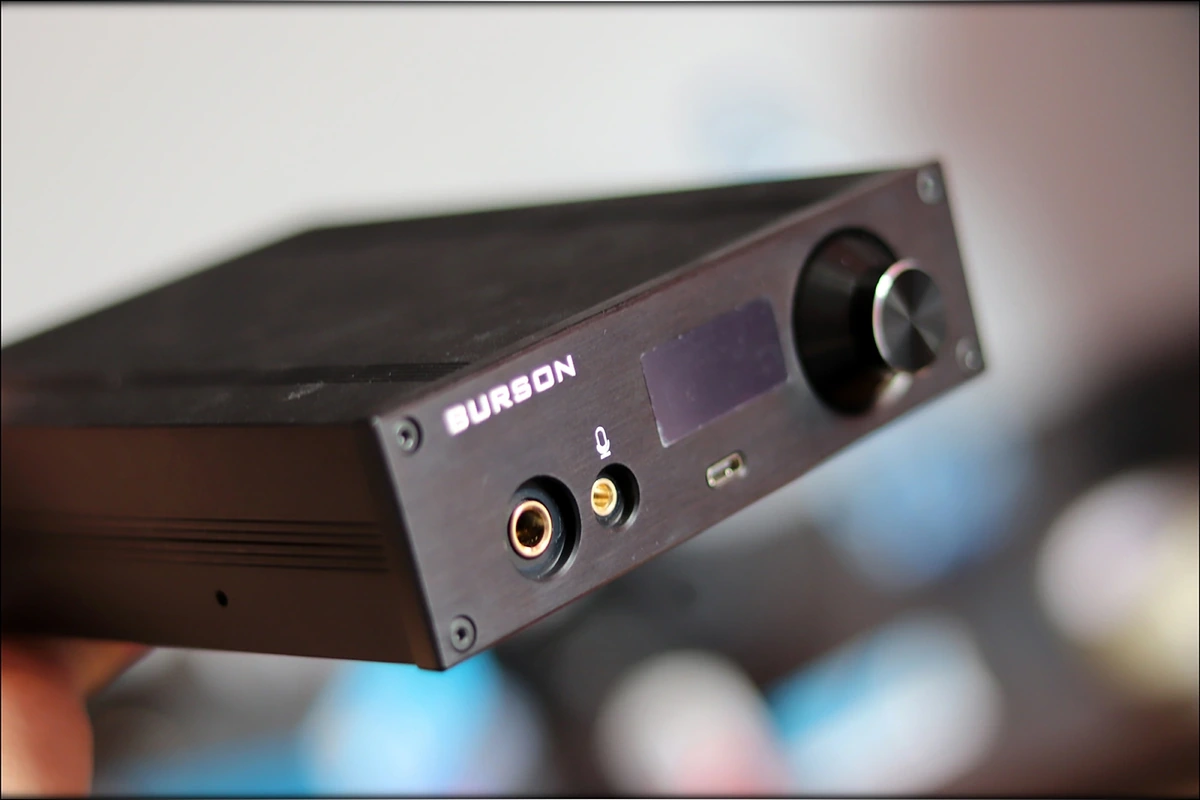
In terms of build quality, it is the same as most Desktop-Class DAC/AMPs, pretty much a tank. There isn’t any weak spot, and the main unit is heavy enough and has rubber feet, so it won’t slide around your desk. The volume wheel is not the best out there, as if you turn it really fast, it may skip a bit, but for the asking price of PlayMate, it works well enough.
The sound of PlayMate is different from the typical Burson Approach, this time the midrange being a touch less cold and digital, and more analogue and life-like, although the bass is still pretty typical of Burson, and so is the treble, although, this time even the treble is a touch smoother and more friendly towards a larger number of people, than the Burson Play Basic was. Pretty much, take everything Burson Play was, and make it even better, and you get PlayMate. This being said, the soundstage is more intimate, and the treble is more muted, along with the midrange being thicker and more liquid, making PlayMate quite different in tuning.
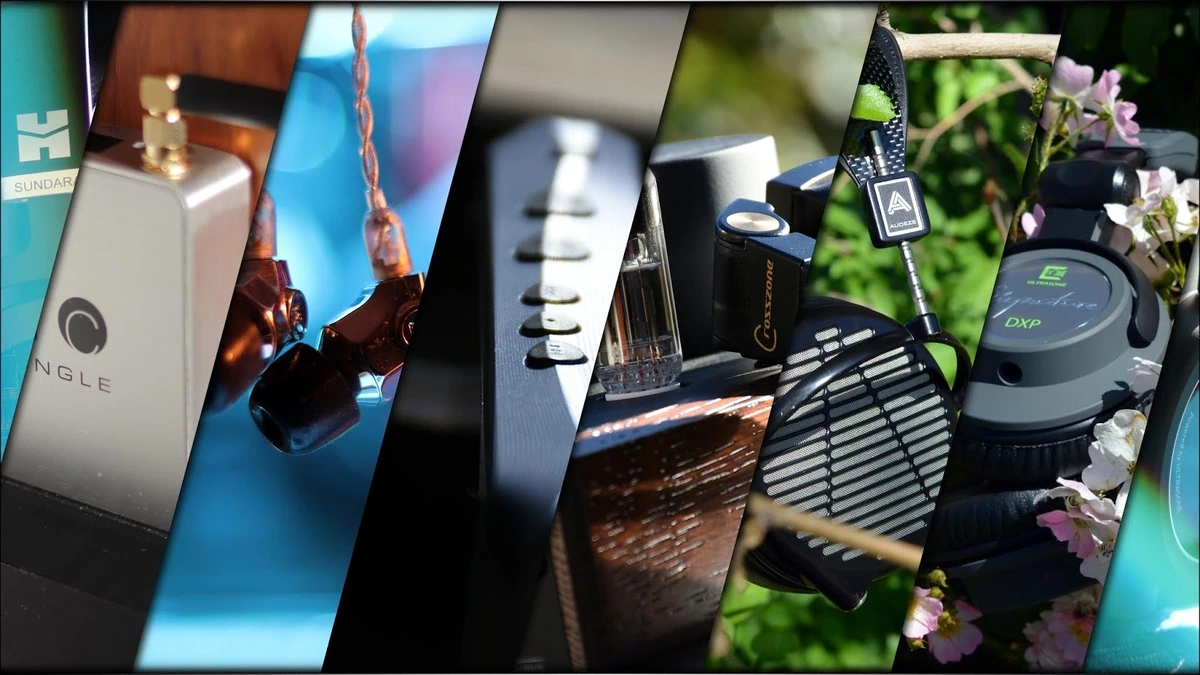
Today, I replace the original Burson Play with the PlayMate in Audiophile-Heaven’s Hall Of Fame, as the new version earns its place and makes a new name for Burson, as a different sound, yet still with an excellent price / performance quality.
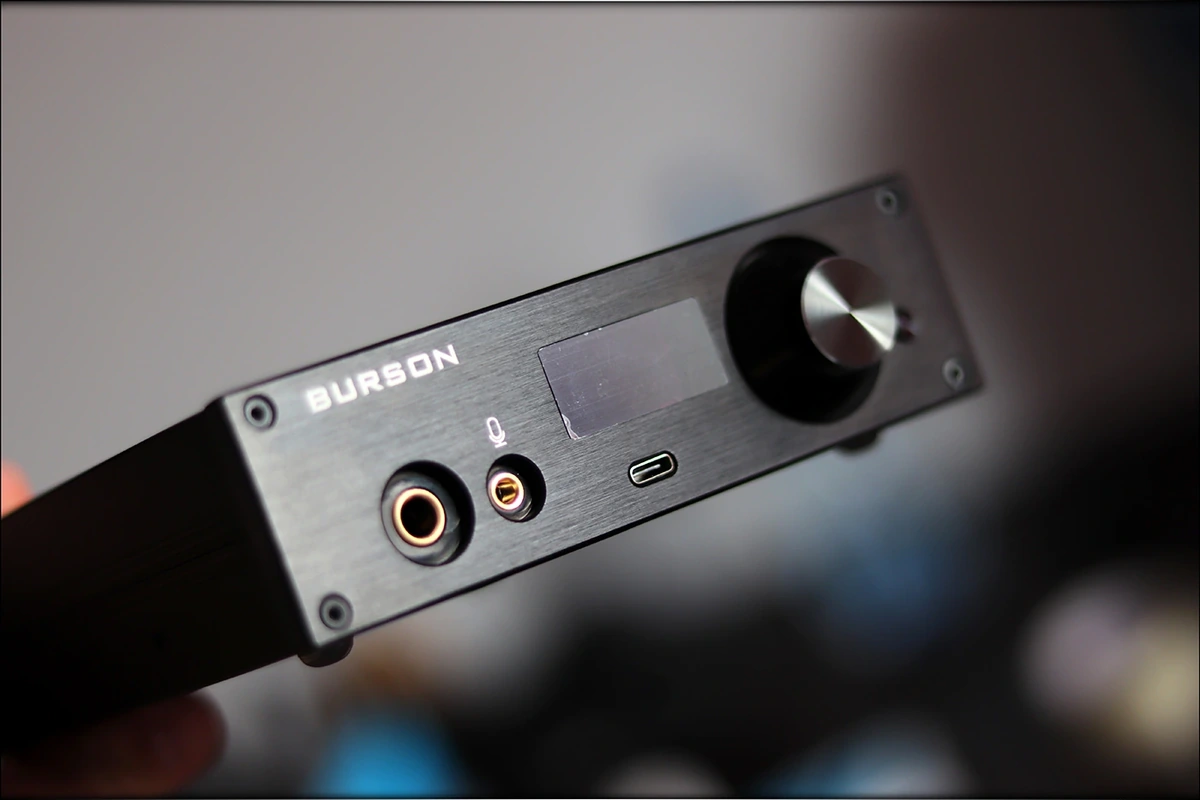
At the end of the day, if you’re looking for a neutral-ish, but liquid sounding DAC/AMP, which is in Class A, and has a ton of power to drive even some of the hard-to-drive planar headphones out there, with a sleek design and lots of connectivity options, for a very pocket-friendly price, you should totally check out PlayMate, the new incarnation of the excellent budget-friendly DAC/AMPs from Burson.
Product Link
You can always get Burson Playmate and other Burson Products from www.amazon.com here: https://www.amazon.com/s/ref=as_li_ss_tl?srs=8504596011
--- Please remember to stay safe, and always have fun while listening to music!---
- If you have a dime to spare, please donate, and help us! It would make the day brighter for me and my wife-
Full Playlist used for this review
We listened to more songs than those named in this playlist, but those are excellent for identifying a sonic signature. I recommend trying most of the songs from this playlist, especially if you’re searching for new music! The playlists are different for Spotify, Tidal and Youtube, and based on the songs I enjoy and are available on each!
https://www.youtube.com/playlist?list=PL_cjBXGmwSHSdGcwuc_bKbBDGHL4QvYBu
https://open.spotify.com/playlist/5J3oloz8Riy9LxEGenOjQ0?si=979ba4f082414be7
https://tidal.com/browse/playlist/330fd544-8e5b-4839-bd35-676b2edbb3d5
--- Contact Us ---






Bought one, based on your review, to listen to rap. Never been happier 🙂
Looking forward to you reviewing the Burson Funk Amplifier!
Nice review! Hope you will be reviewing the new Funk too…
Can’t wait to see more reviews on Burson DAC/AMPs from you, George
Loving my Burson, and it is all thanks to you that I got it!
Does it work with Ubuntu 19.04 ? Can I easily use some equalizer program with it (win, ubuntu) ?
As far as I know, it works flawlessly on Linux. In general, I use the EQ built within ROON for EQ, very easy to use, and also sounds great 🙂